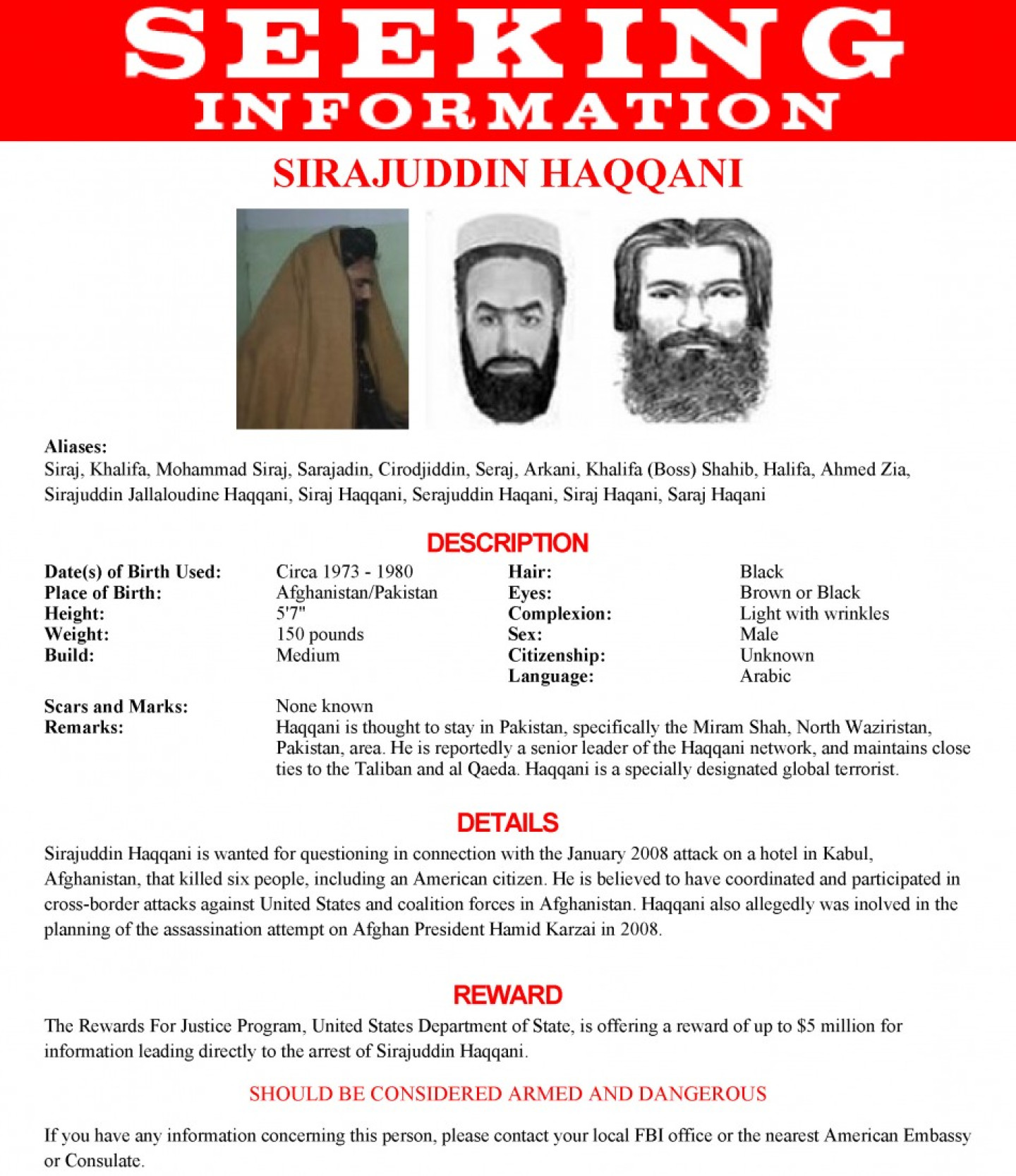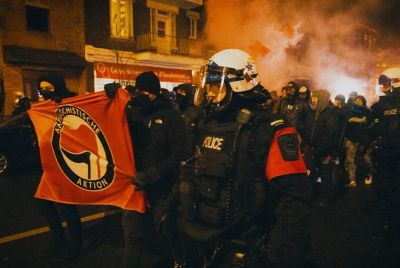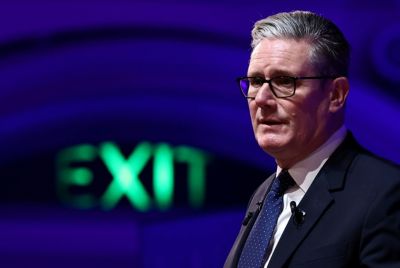Scotland Yard, FBI Set to Adopt New Weapon in War on Terror

The latest weapon in the global war on terror has arrived - biometric facial recognition.
In an ever-changing scenario, where criminals are constantly innovating, security agencies need to keep one step ahead and biometric facial recognition will enable them to do just that for the time being.
The technology works by using a computer to analyse a person's face. It takes a number of points and measurements, including the distances between the eyes, nose and mouth, the angles of features such as the jaw and forehead and the lengths of various portions of the face to create a unique template on the subject. The information is then fed into databases to identify or verify a person's identity.
Two of the world's most reputable police agencies, Scotland Yard and the U.S. Federal Bureau of Investigation (FBI), are planning to adopt the new technology for a wide range of applications from next year, when the Olympic Games are due to take place in London.
Scotland Yard officers have admitted that the forthcoming event is going to be one of the biggest security challenges they have ever faced in terms of ensuring the safety of the athletes, as well as that of the crowds and diplomats attending individual events.
The prospect of terrorists targeting the Games with a deadly radioactive or "dirty bomb" attack has already been taken into consideration, as has a massive gun assault similar to the one that took place in Mumbai, and Britain's Home Office has asked the Ministry of Defence to draw up contingency plans to deal with such extreme scenarios.
Along with unmanned, radio-controlled drones equipped with surveillance cameras that will patrol the capital's skies throughout the two-week event, Scotland Yard is said to be exploring the possibility of using facial recognition software to help give them the edge in maintaining security.
The FBI is also planning to employ facial recognition software in select states early next year to help local police identify unknown subjects in photographs and the bureau's Biometric Centre of Excellence is studying how the technology can be used nationally.
Dr Alice O'Toole, of the University of Texas at Dallas, recently made a presentation of her research on biometric security to the Home Office. Officials from the Communications-Electronics Security Group of the information agency GCHQ, the FBI, the British Foreign and Commonwealth Office, the Australian Attorney General's office and Scotland Yard were also in attendance.
Dr O'Toole and her team of researchers compared the rates of success using the software to those based on non-technological "expert" human evaluation. "The Olympics are slated for London in 2012, so security leaders were particularly interested in how biometrics might be used to protect against terrorism or other types of crime," Dr O'Toole said.
The technology has wide-ranging applications, from identifying faces in a crowd and understanding the habits of consumers browsing product displays on supermarket shelves to larger and more crucial applications, such as policing and security, public safety and identity management.
While CCTV security systems have been the primary technology used as a crime deterrent across the world up to now, facial recognition technology represents the next generation of video analytics tools, which can use the data captured on CCTVs.
Accenture Technology Labs has recently unveiled a "face in the crowd" application that can capture individual faces from a live video stream and identify subjects in just 0.5 seconds. In fact, multiple images captured from various sources can be aggregated together to deliver accurate subject identification against a database of thousands of images.
The technology can be used in border management to identify travellers at airports and ports, as well as to grant citizens access to state services. Schiphol Airport in Amsterdam is currently employing video analytics to monitor and tackle accidental or deliberate intrusion onto its runway and hangar areas. Heathrow Airport, the largest in the UK, has installed facial recognition scanners in London and Manchester Airport has trialled facial recognition over video to assess its usefulness in managing passenger flow and identifying criminals and terrorists attempting to enter the country illegally.
Experts believe that businesses and governments across the world will soon introduce facial recognition technologies to enable secure access to services for citizens and customers and also to maximise efficiency and reduce costs.
Understandably, the system has sparked some controversy. When the state of Oregon started using facial recognition software to tag biometric data to each person who is issued a driving licence in a bid to tackle identity theft, rights groups objected to the initiative.
"You have a massive database of people that have done nothing wrong being searched for a tiny percentage who have," said David Fidanque, executive director of the American Civil Liberties Union. The group has also expressed doubts over the reliability of the software and warned of the potential for mission creep.
© Copyright IBTimes 2025. All rights reserved.





















